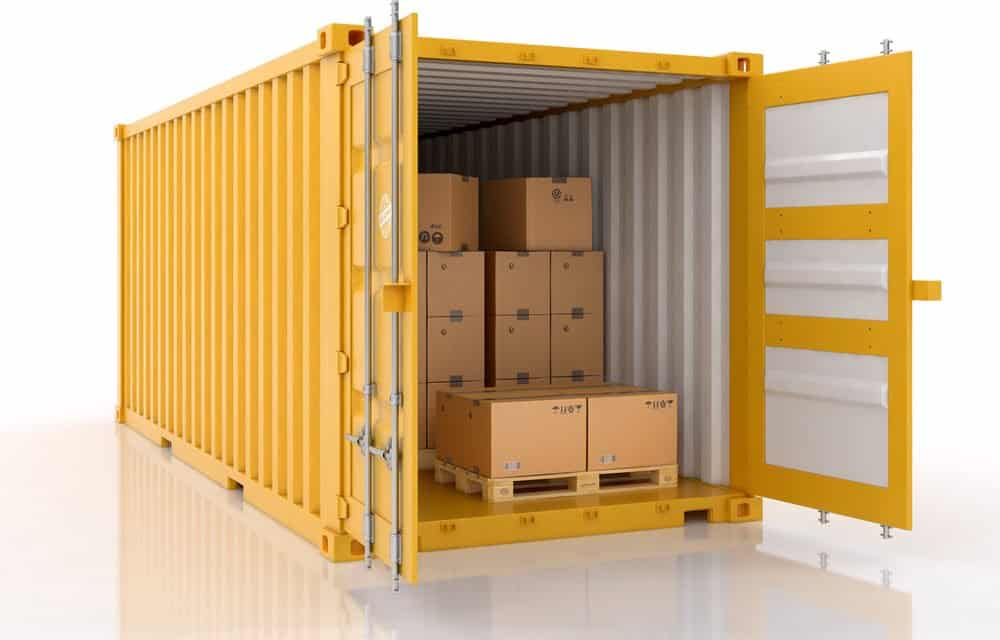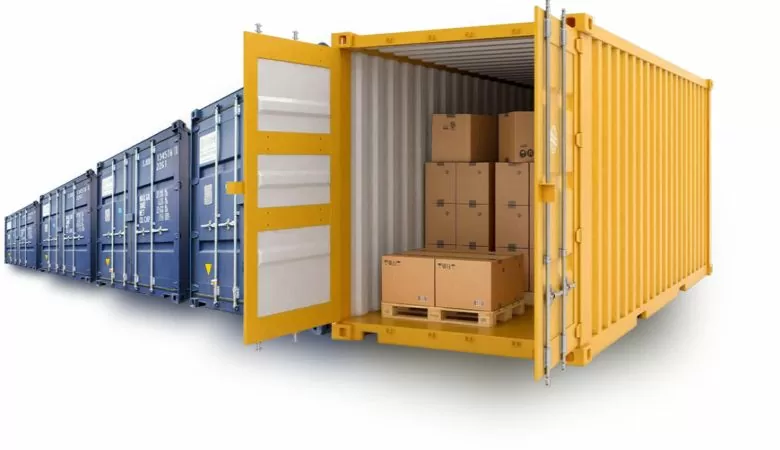In the ever-evolving world of logistics and freight management, understanding various processes can be the key to efficiency and cost-effectiveness. One such vital process is container stuffing, which plays a crucial role in shipping and transportation. In this comprehensive guide, we’ll dive deep into the container stuffing process, exploring its significance, methodologies, best practices, and tips that can help businesses optimize their logistics operations. By the end of this post, you’ll have a thorough understanding of the container stuffing process and how to implement it effectively.
1. Introduction to Container Stuffing
Definition of Container Stuffing
Container stuffing, also known as container loading or cargo packing, refers to the process of loading goods into a shipping container for transport. This process is crucial in the logistics industry, as it directly impacts shipping efficiency, cost, and freight safety.
Importance of Proper Container Stuffing
Proper container stuffing is more than just a method of loading items into a box. It ensures:
- Optimal Space Utilization: Efficient use of container space maximizes the amount of goods transported, reducing shipping costs.
- Cargo Safety: Properly stacked goods minimize the risk of damage during transport.
- Regulatory Compliance: Adhering to customs regulations can prevent fines and delays.
2. The Container Stuffing Process Explained
Planning and Preparation
Before the actual stuffing process begins, adequate planning is essential. This includes gathering all necessary information about the goods being shipped, container specifications, and destination regulations. Safety and security in intermodal transport
Equipment and Materials Needed
- Containers: Knowing the type and size of container required.
- Packing Materials: Blankets, straps, and other protective materials to secure cargo.
- Tools: Pallet jacks, forklifts, and other equipment for moving heavier items.
The Steps Involved in Container Stuffing
- Inventory Assessment: Evaluate the items to be shipped, categorizing them based on size, weight, and fragility.
- Container Selection: Choose the right container based on the size and nature of goods.
- Loading Plan: Develop a strategy for loading that prioritizes weight distribution and safety.
- Loading Process: Begin loading, adhering to the established plan while ensuring the proper stowage method is applied.
3. Types of Container Stuffing
Stuffing for Dry Goods
Dry goods stuffing involves loading non-perishable items such as textiles, machinery, and electronics. Proper organization and stacking are crucial to ensure space utilization without damaging the items.
Stuffing for Perishable Goods
Perishable goods require special attention during the stuffing process. This may involve temperature control provisions and quick loading techniques to minimize spoilage risks.
Specialized Stuffing Techniques
Certain goods may require specialized stuffing techniques, such as:
- Rolling Stock: For vehicles or machinery, ensuring they are securely restrained and balanced.
- Hazardous Materials: Following strict guidelines for the safe transport of dangerous goods.
4. Best Practices in Container Stuffing

Maximizing Space Utilization
Using stacking techniques, biodegradable fillers, and modular packing can help ensure every inch of the container is utilized efficiently.
Weight Distribution and Safety
Even load distribution is essential for maintaining container stability. Heavier items should be placed at the bottom, while lighter items can be positioned at the top. Additionally, proper blocking and bracing should be implemented to prevent movement during transport.
Protecting Cargo during Transport
Cushioning and securing cargo is essential. Utilize protective wrap or padding for fragile items and ensure proper blocking between stowed items.
5. Common Challenges in Container Stuffing
Overloading and Weight Distribution Issues
Overloading a container can result in exceeding weight limits, leading to fines and potential damage. Proper training and adherence to guidelines are vital to mitigate these risks.
Damage to Goods
Improper stuffing can lead to damaged goods during transport. Understanding the nature of the items being shipped and employing best practices will help minimize these risks.
Customs Regulations and Compliance
Navigating customs regulations can be challenging. Ensuring accurate documentation and adherence to local and international laws is crucial.
6. Container Stuffing Tips for Efficiency
Pre-Stuffing Checklist
Having a checklist will help ensure that all steps are followed efficiently. This can include:
- Verification of cargo and documentation
- Pre-loading inspection of containers
- Assessment of equipment and materials
Leveraging Technology and Software
Logistics software can aid in planning and executing the stuffing process, helping with inventory management, load optimization, and tracking.
Collaborating with Experienced Professionals
Working with freight and logistics professionals can provide invaluable insights and help streamline the stuffing process.
7. Measuring Success in Container Stuffing
Key Performance Indicators (KPIs)
Evaluating the success of the container stuffing process involves measuring KPIs such as:
- Loading Time: Time taken to stuff the container.
- Damage Rates: Tracking the percentage of damaged goods.
- Cost Efficiency: Assessing shipping costs related to container usage.
Continuous Improvement in Processes
Regularly reviewing and optimizing processes based on feedback, industry changes, and technological advancements can lead to significant enhancements in the stuffing process.
8. Conclusion
In conclusion, the container stuffing process is integral to successful freight management and logistics. By understanding the nuances of the process and implementing best practices, businesses can achieve significant efficiency, safety, and cost-effectiveness in their operations.
The world of international shipping is complex, but with the right strategies and knowledge, mastering container stuffing can lead to better logistics management and, ultimately, business growth.
Final Thoughts on Container Stuffing Process and Its Importance
As you navigate the landscape of shipping logistics, remember that every detail matters. Laying a firm foundation through proper stuffing procedures and best practices will ensure that your goods arrive at their destination safely and efficiently. With the right approach, container stuffing can be streamlined to serve as a backbone of your logistics operations, paving the way for future success.
This guide is designed to provide a comprehensive understanding of the container stuffing process. For further insights, consider referring to resources such as Equip Intermodal, where experts share their knowledge and experience in the field of logistics and freight management.


